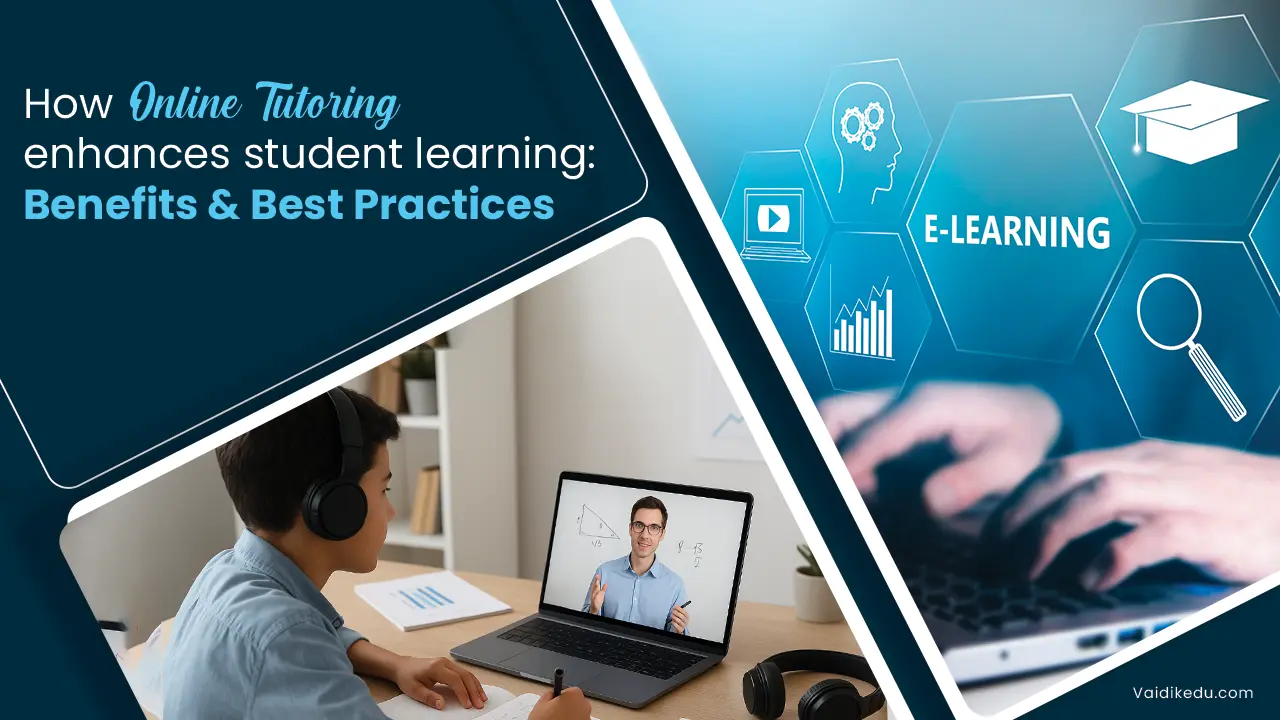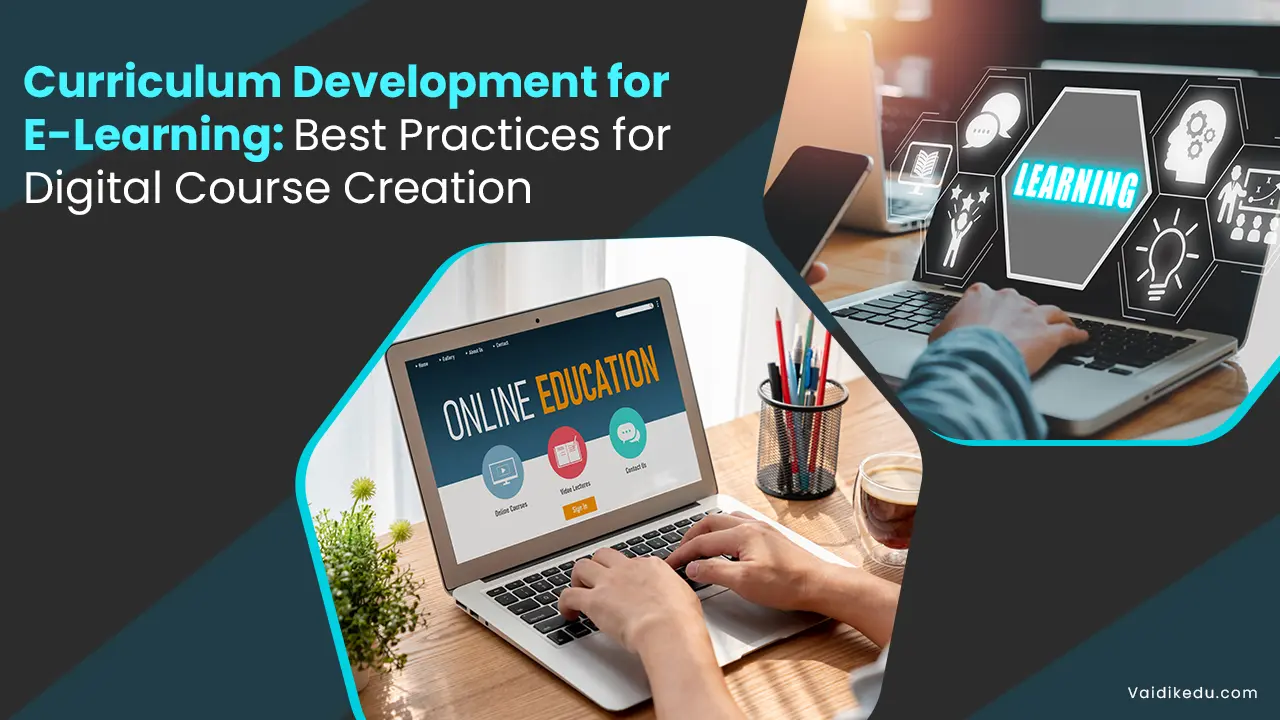It is overwhelming to imagine that many decades ago, technological advancements changed the face of education completely. Among the most important changes in the modern education system, replacing printed texts that have long been used with digital learning materials that manifest themselves mostly as eBooks, is increasing eBook publishing at educational institutions around the globe, thus making education more easily accessible, interactive, and cost-effective.
eBooks have more advantages over printed ones, such as readily available, multimedia-based, interactive learning, and that can be updated in real-time.
They cater to the multiple needs of learning; therefore, institutions can deliver quality education efficiently. And so, in an online/hybrid learning model, eBook publishing became an indispensable component of modern education.
It discusses the role of eBook publishing in learning institutions, the advantages and disadvantages, and the prospects for its future. We will also learn how an institution can embrace the use of effective eBook publishing strategies to improve students’ learning experiences.
Evolution of E- Book Publishing in the Educational Sector
1. Increased Accessibility And Inclusivity
One of the significant advantages of eBooks is that they are easily accessible. In contrast to paper books, eBooks can be accessed anywhere and at any time; hence, students have ample opportunity to study when it suits them most. This is very useful for:
- Students residing in remote areas that don’t have well-equipped libraries.
- Those with special needs like text-to-speech, adjustable font size, or screen readers.
- Multi-lingual students whose eBooks provide instant translation.
- E – Book publication offers educational establishments a chance to offer learning for all the students, regardless of where they geographically are, or their physiological state.
2. Cost-effectiveness And sustainability
Textbooks can be resourcefully expensive in the market with them being more than a hundred years old to date; eBooks are as follows:
- A more affordable tool: eBooks make savings on; that is reducing the expense of printing shipping and storage:
- Cost-effective materials: E-books are readily available at much cheaper prices compared to printed versions.
- Eco-friendly: Printing eBooks saves trees as well as wastes less paper as compared to its printed counterparts
- Institutes can, therefore, cut their costs and remain updated with superior-quality study materials.
3. Embedment of Multimedia And Interactivity
The presence of multimedia can be smoothly implemented in e-books, and learners can get it more effectively, as learning has become much more fun when multimedia features have been integrated, such as:
- Videos and animations to create a visual effect of the complicated ideas.
- Quizzes and tests in an interactive way to ascertain the students’ understanding in real-time.
- Hyperlinks to further references for getting more information.
- Gamification factors such as rewards, progress, and challenges increase motivation. eBooks make learning a fun and rich experience by having multimedia features, with improved understanding and retention.
4. Real-Time Updates And Personalization
Information in education becomes outdated very fast. Books become obsolete with time, but eBooks provide:
- Instant updates that reflect new research, changes in curriculum, or updates on policies.
- Content allows customization, so institutions can tailor eBooks to courses or learning objectives specific to them.
- Personalized learning paths will allow the reader to highlight sections of the content, take digital notes, and interact with content about their learning pace.
This flexibility provides the students access to the latest relevant material anytime.
5. Supporting Remote And Hybrid Learning
eBooks are an indispensable feature of online learning and hybrid model learning. These enable the learners to:
- Avail learning material over multiple devices laptops, tablets, smartphones
- Share notes on clouds and have discussion forums as a part of collaborative learning.
- Self-paced opportunities for learning-learners to learn at any pace they would like to do so.
- For institutions offering distance education or online courses, eBook publishing is relevant in ensuring flexibility and access for learners from all corners of the world.
6. Instructional Effectiveness
eBook publishing impacts teachers and instructors almost as much as it does students. It:
- Provides digital pedagogical tools in the form of preloaded notes, quizzes, and assessments.
- Develop student progression in real-time with embedded analytics.
- Facilitates teachers to update content at ease without reprinting material.
- It offers interactive teaching tools, digital whiteboards, and simulations for instruction.
- eBook publishing enhances instructional effectiveness and student achievement by streamlining course delivery and management.
7. Supporting Research And Academic Publishing
Academic publishing is an essential source of research dissemination for educational institutions, especially universities. eBook publishing offers:
- Wider distribution of research papers, journals, and dissertations.
- Open-access publishing makes knowledge freely available to scholars worldwide.
- Increased research collaboration due to shared digital libraries and citation tools.
This shift to digitalization has made scholarly publishing faster and more accessible on a global level.
Obstacles in E- Book Publishing in Education
While eBook publishing in education is beneficial in several ways, there are also downsides to the process:
1. Digital Divide And Access Disparities
Not all students have high-speed internet or even digital devices to access such opportunities. The digital divide must be addressed by:
- Affordable devices for students to access.
- Offline eBook access options for students with limited internet connectivity.
2. Screen Fatigue And Health Issues
Exposure to screens for a long time causes eye strain and fatigue. Solutions are:
- Dark mode and brightness control.
- Audio support with text-to-speech.
- Reminders for taking breaks from screens through planned learning.
3. Copyright And Intellectual Property Issues
- Digital content is more vulnerable to piracy and unauthorized sharing. Institutions should:
- Implement DRM for intellectual property protection.
- Blockchain for secure academic publishing.
4. Digital Transformation Resistance
There are some teachers and students who become used to paper textbooks. In such circumstances, the institutions can:
- Develop digital tool training.
- Hybrid models containing both printed and digital offerings
- In this way, the institutions achieve the maximum benefits obtained from eBook publishing.
The Role of Augmented Reality (AR) And Virtual Reality (VR) in E- Books
The AR and VR-enabled immersion of digital textbooks into lifelike learning shall shape the future of eBook publishing.
Eg: An exploration of 3D models, animations, or simulations in real-time- simple examples include the human anatomy, virtual experiments with chemistry, etc.
- VR-based eBooks: Virtual field trips, historical tours, and even space travel; therefore, experiential learning becomes more profound.
- AR/VR-based e-book printing can be used to make educational learning more multi-sensory so that comprehension and retention rates are improved.
Gamification in Educational E- Books
Gamification can be added in eBooks so a learning procedure turns out to be more interactive as well as motivating the students in their learning activities through various badges, leaderboards, challenges, as well as monitoring their progress. Therefore, it is predicted that it will keep learners on their toes since lessons will turn out to be enjoyable:
- Interactive challenges are developed with the help of developing problem-solving skills.
- Personal dashboards allow progress tracking and goal setting.
- eBook gamification: It converts learning into a reward-based experience. It is a growth mindset, self-directed learning, and much more.
- Future eBooks will be about creating an educational experience using the rationale of AI, AR/VR, and gamification.
Conclusion
eBook publishing has revolutionized education, making it more accessible, engaging, cost-effective, and interactive. Digital textbooks and academic publications help shape what digital textbooks do in education, which is the possibility of personalized learning experiences, enhanced collaborations, and research potential.
Despite the setbacks, such as digital access inequity and screen fatigue, institutions can strategize the adaptation of eBooks. As technology improves, AI learning, adaptive content, and AR/VR immersion will continue to shape the ways educational content is presented.
The modern educational institution has no other choice but to publish eBooks, for it has become a means to prepare students for a digital world.
Frequently Asked Questions
E-book publishing in education is the process of creating and distributing digital textbooks, academic research, and learning materials that promote student engagement and accessibility.
eBooks are cheaper, interactive, easy to access, eco-friendly, and customizable, with real-time updates and multimedia incorporation.
Yes, most eBooks are available for offline use; thus, students can download content to use when there is no internet.
Yes, eBooks can be applied to any subject, such as STEM, humanities, arts, and vocational training, since they can incorporate different multimedia tools to facilitate learning.
AI will propel personalization, adaptive learning, and immersion through AR/VR. These will make learning more interesting and effective. Institutions of learning can be able to prepare students who are better-equipped for flexible, interactive, and quality learning through eBook publishing towards digital-first education systems.









